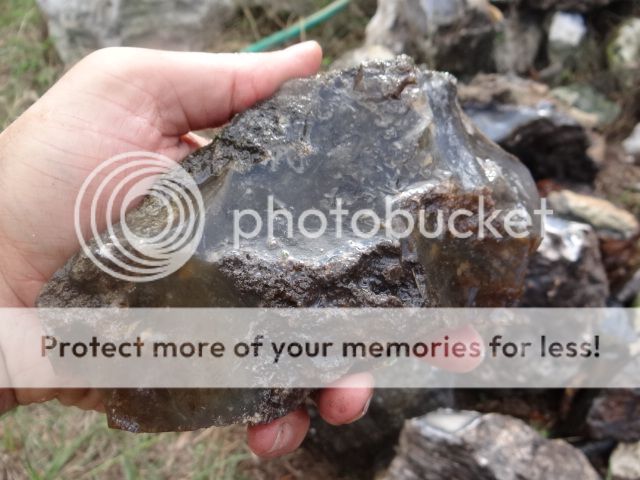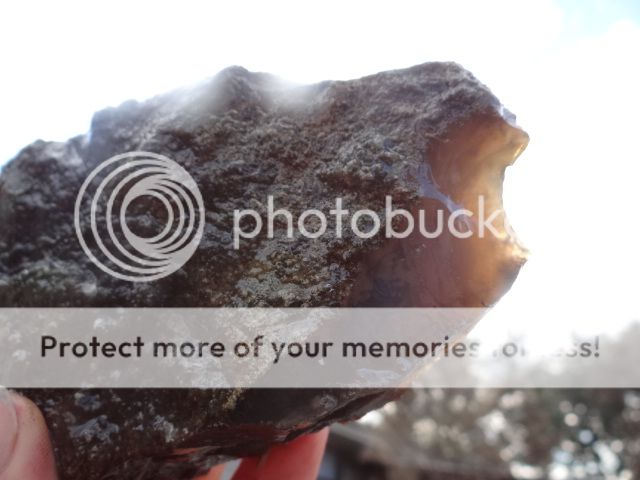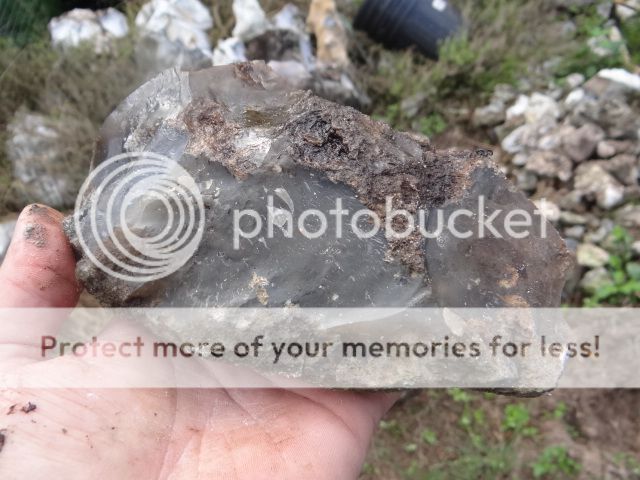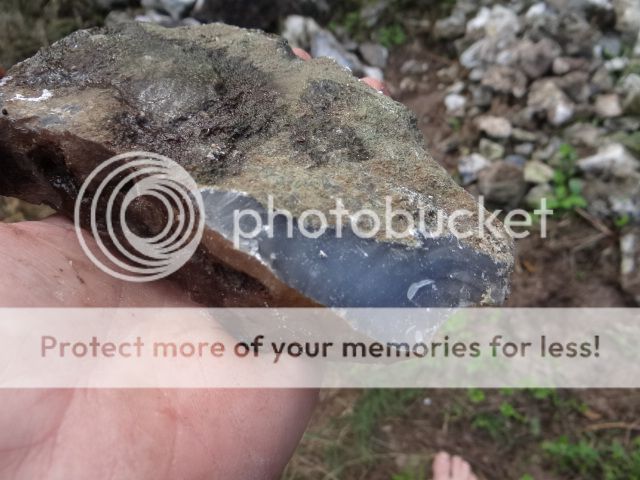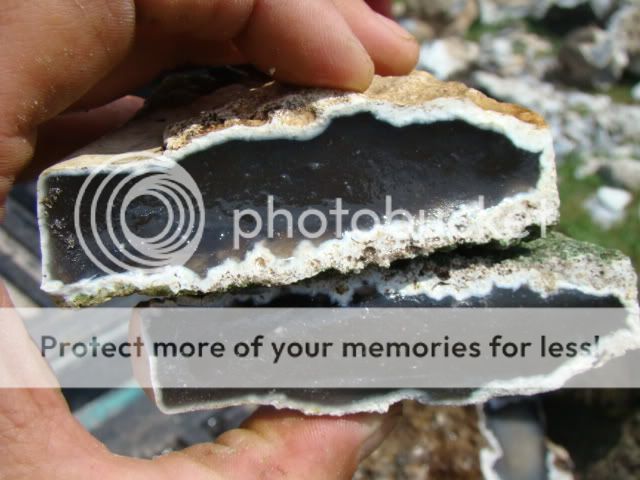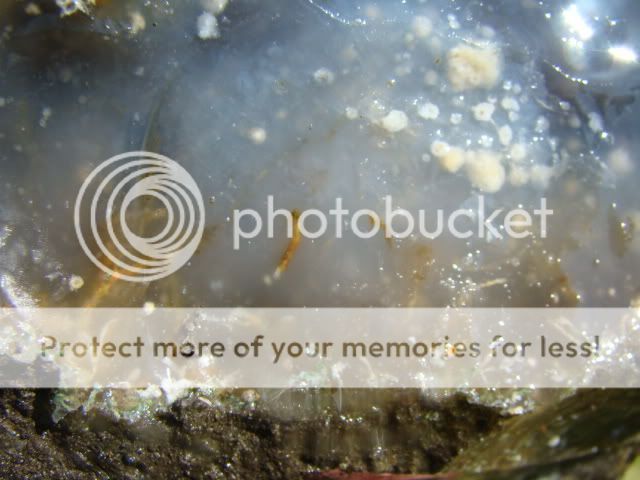BadAdze
Full Member
- Oct 2, 2012
- 233
- 91
- Detector(s) used
- Bounty Hunter Pioneer 505
- Primary Interest:
- All Treasure Hunting
Its basically ancient sea floor.its a sedimentary rock..mostly calcium carbonate and skeletons of sea organisms. When the silica skeletons of those organisms gather in thick enough layers the silica replaces the limestone... then you have what's known as Flint or chert. Not exactly.. but kind of... you could say it's agatized limestone.




